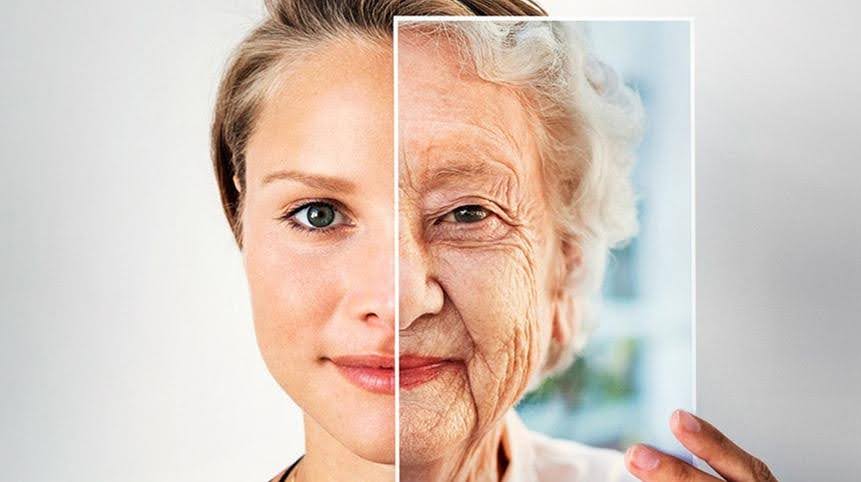Chronic photodamage of the skin manifests itself as extrinsic skin aging (photoaging). DNA photodamage and UV-generated reactive oxygen species (ROS) are the initial molecular events that lead to most of the typical histological and clinical manifestations of chronic photodamage in the skin. Wrinkling and pigmentary changes are directly related to premature photoaging and are considered its most important cutaneous manifestations. Strategies aimed at preventing photoaging include sun avoidance, use of sunscreens to prevent or reduce skin exposure to UV radiation, sun protection using retinoids and antioxidants, especially in combination, to inhibit collagenase synthesis and promote collagen production, which neutralize free radicals (FR).
Interventional studies show that it is actually possible to delay skin aging and improve skin conditions through the application of selected nutritional supplements. Nutritional antioxidants act through different mechanisms and in different compartments, but are primarily free radical scavengers. They directly neutralize free radicals, reduce peroxide concentrations and repair oxidized membranes, quench iron to reduce ROS production, and through lipid metabolism, short-chain free fatty acids and cholesteryl esters neutralize ROS. In our endogenous antioxidant defense system, uric acid, glutathione, bilirubin, thiols, albumin and vitamins and phenols, superoxide dismutases, glutathione peroxidases (GSHPx) and catalase are among the most important. The most important source of antioxidants is provided by nutrition and supplemental support. The most well-known systemic antioxidants include vitamin C, vitamin E, carotenoids and the trace elements copper and selenium. There are also studies showing that vitamins C and E combined with ferulic acid provide both sun protection and antioxidants.

